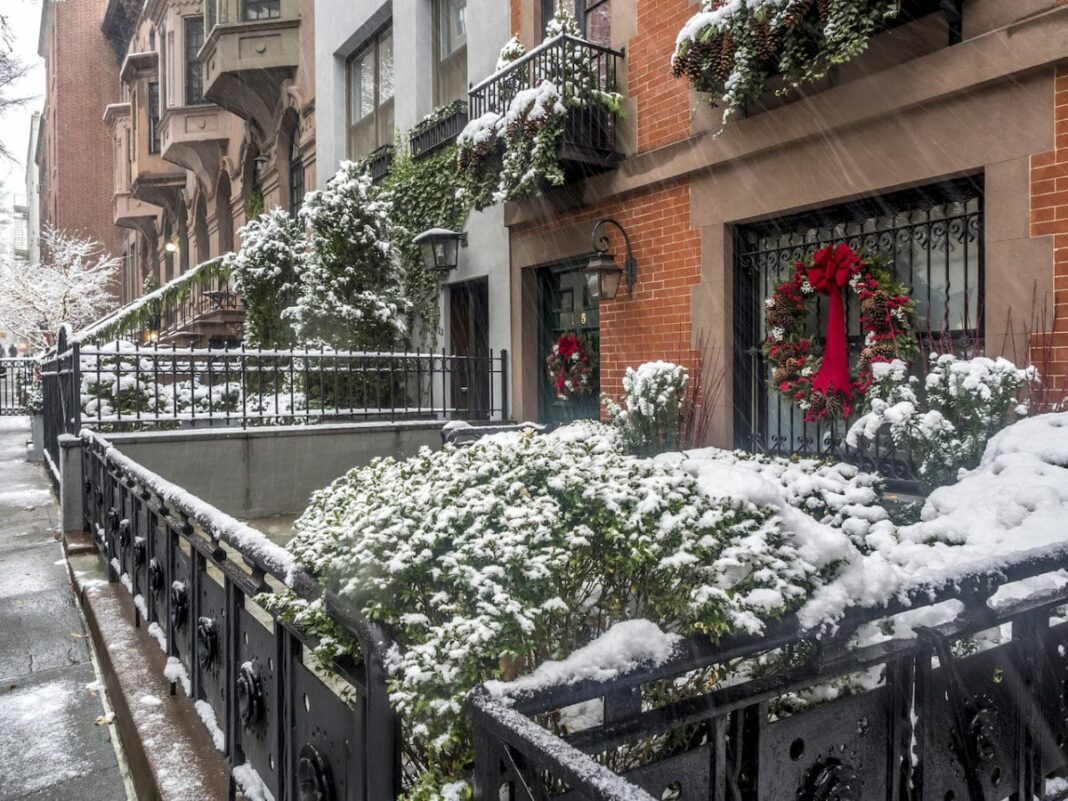
Whether you’re renting your first apartment or moving to a new unit this winter, it’s important to be informed of your renter rights. As a tenant, you have the right to basic services needed to live comfortably. The question is, what is your landlord legally responsible for providing and what are you responsible for as the tenant? Here are some winter-specific regulations to keep in mind for the upcoming months as a resident of New York City.
Heat and hot water
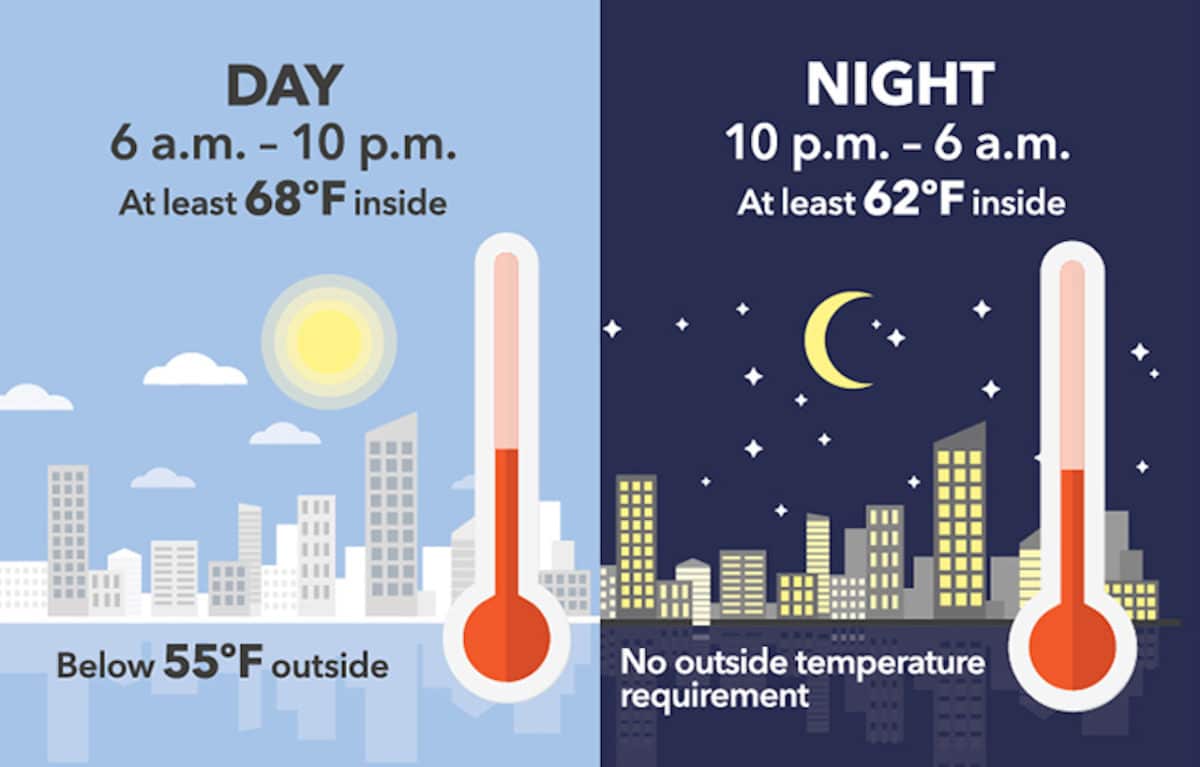
Winter in New York can be brutal, which makes heat and hot water necessities in the eyes of the law. According to New York’s Housing Preservation and Development (HPD), all residential building owners are required to provide heat and hot water to their tenants. Hot water must be provided year-round at a constant minimum temperature of 120 degrees Fahrenheit.
Heat, on the other hand, must be provided based on the “heat season” schedule. Heat season in New York runs from October 1st through May 31st. For the better part of the day, from 6am to 10pm, if the outside temperature falls below 55 degrees, the inside temperature is required to be at least 68 degrees. During the evening, from 10pm to 6am, the inside temperature is required to be at least 62 degrees, regardless of the temperature outside. If you do not have control of the thermostat and your apartment is feeling a little chilly or too stuffy, reach out to your property manager about adjusting the heat.
Snow and ice removal
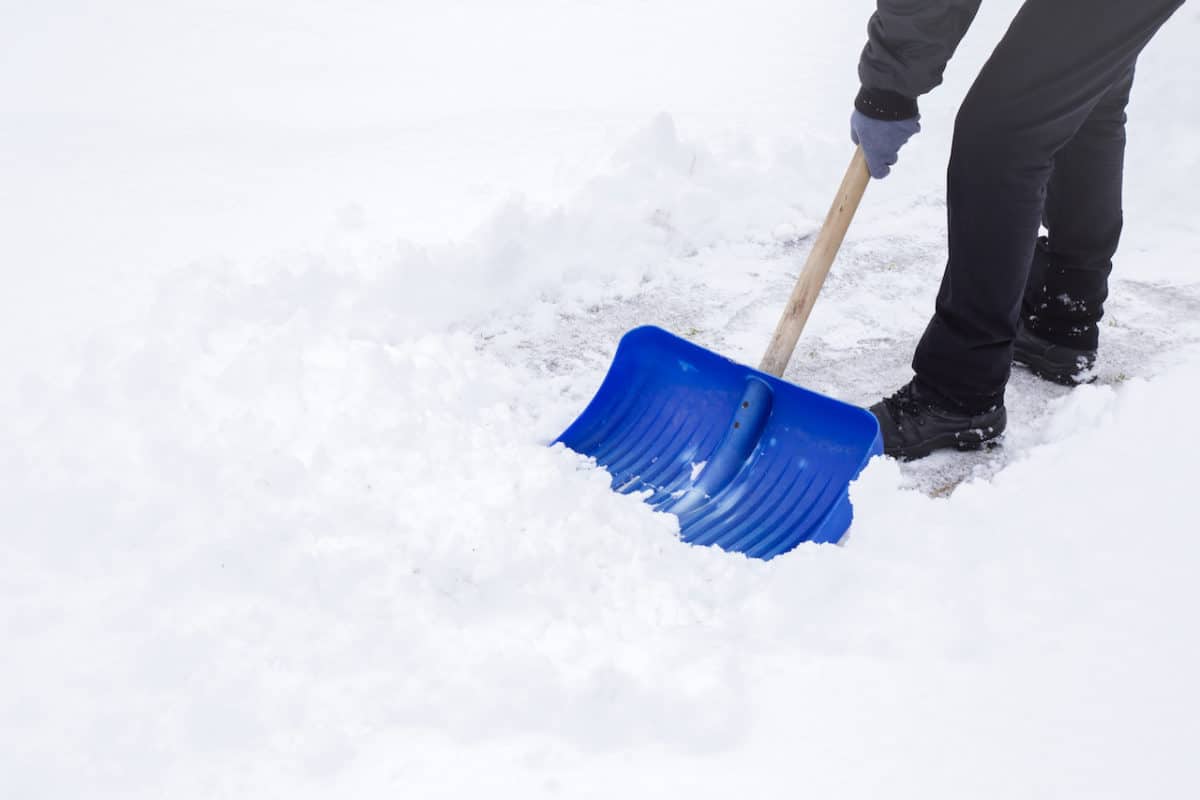
The first snowfall of the year is always picturesque, blanketing the city in a fluffy layer of powder. But who’s responsible for clearing the snow from the sidewalk around your apartment building? According to New York City’s Department of Sanitation, “every owner, lessee, tenant, occupant or other person having charge of any lot or building must clean snow and ice from the sidewalks adjacent (i.e., in front of, on the side of, in back of) to their properties.”
In other words, depending on how it’s outlined in your lease, it’s either you or your landlord who is responsible for clearing the snow. Check your lease for specific terms. If nothing is mentioned in your lease, contact your landlord to figure out who is responsible.
If snow removal happens to be your responsibility, you must comply with the guidelines. If snowfall stops during the day before 5pm, a pathway must be cleared within 4 hours. However, if snowfall stops after 5pm, you have until the next morning to clear the sidewalk—14 hours to be exact. Failure to remove snow according to the guidelines will result in a fine to the building ranging from $100 to $350.
Winter evictions
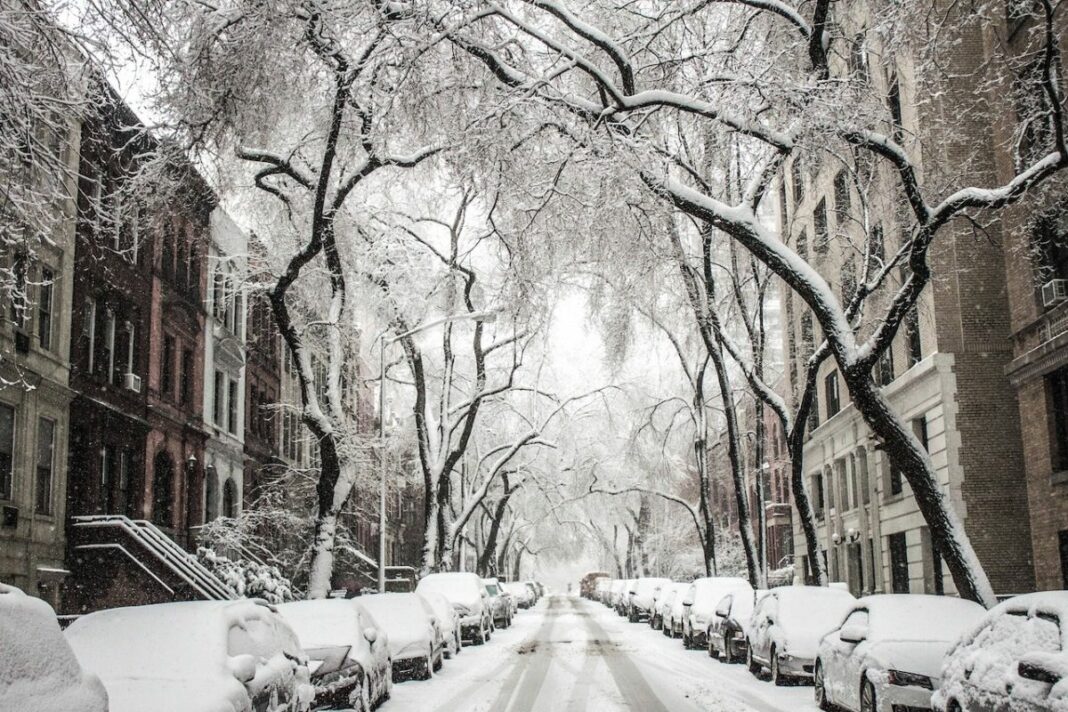
In NYC, it’s legal for landlords to evict tenants in the winter, but only if the tenant is in violation of their lease agreement. Common violations include not paying rent, habitually-late rent payments, or breaking terms of a lease (subletting a room, having a pet without approval, etc). That being said, there’s a process the landlord must follow, including determining just cause and providing adequate legal notice to you, the tenant.
Weather-related damages
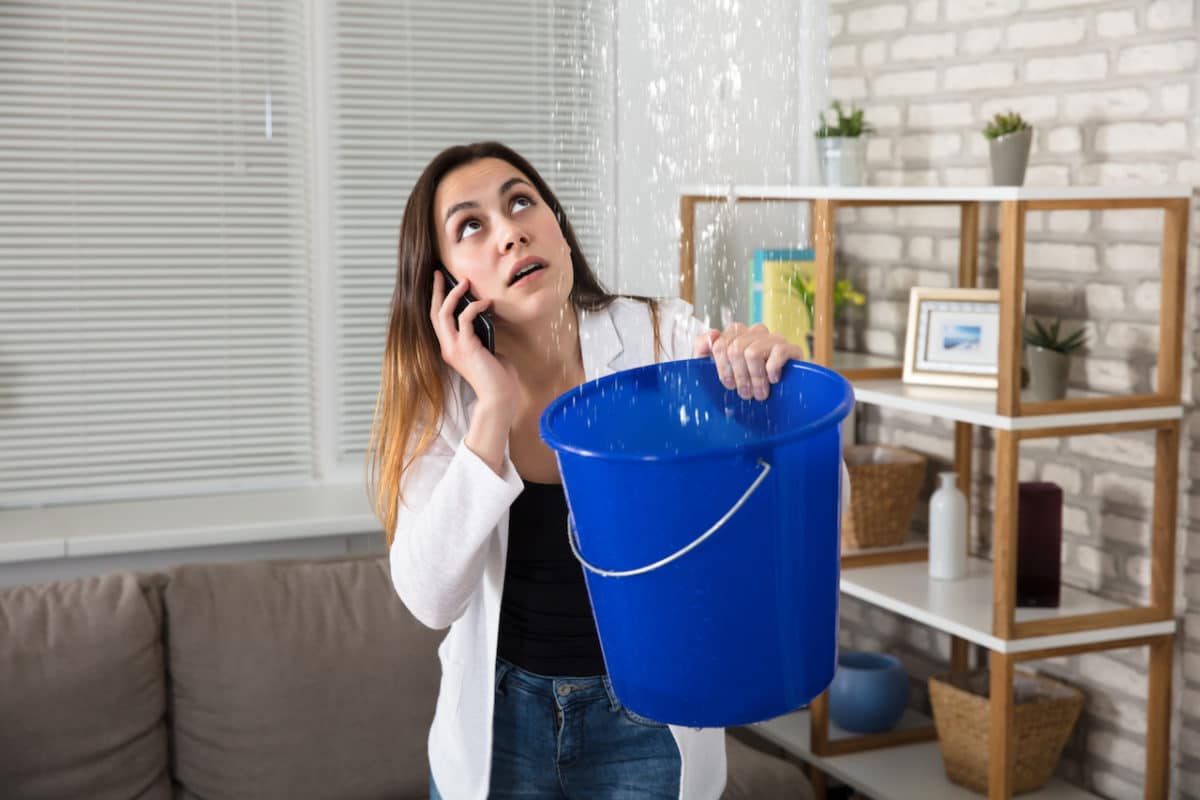
Maintenance issues happen and the winter is no exception to that. Leaky ceilings and frozen pipes are common problems that can arise in the winter due to snow accumulation on rooftops and cold temperatures outside. Luckily, these types of weather-related damages are all typically covered either by your landlord or renters insurance. As part of your renter’s rights, you are entitled to safe and habitable conditions. If you encounter a leaky ceiling or an issue with your heating system, file a maintenance request as soon as possible to ensure to issue is resolved in a timely manner.
What should I do if things aren’t up to standard?
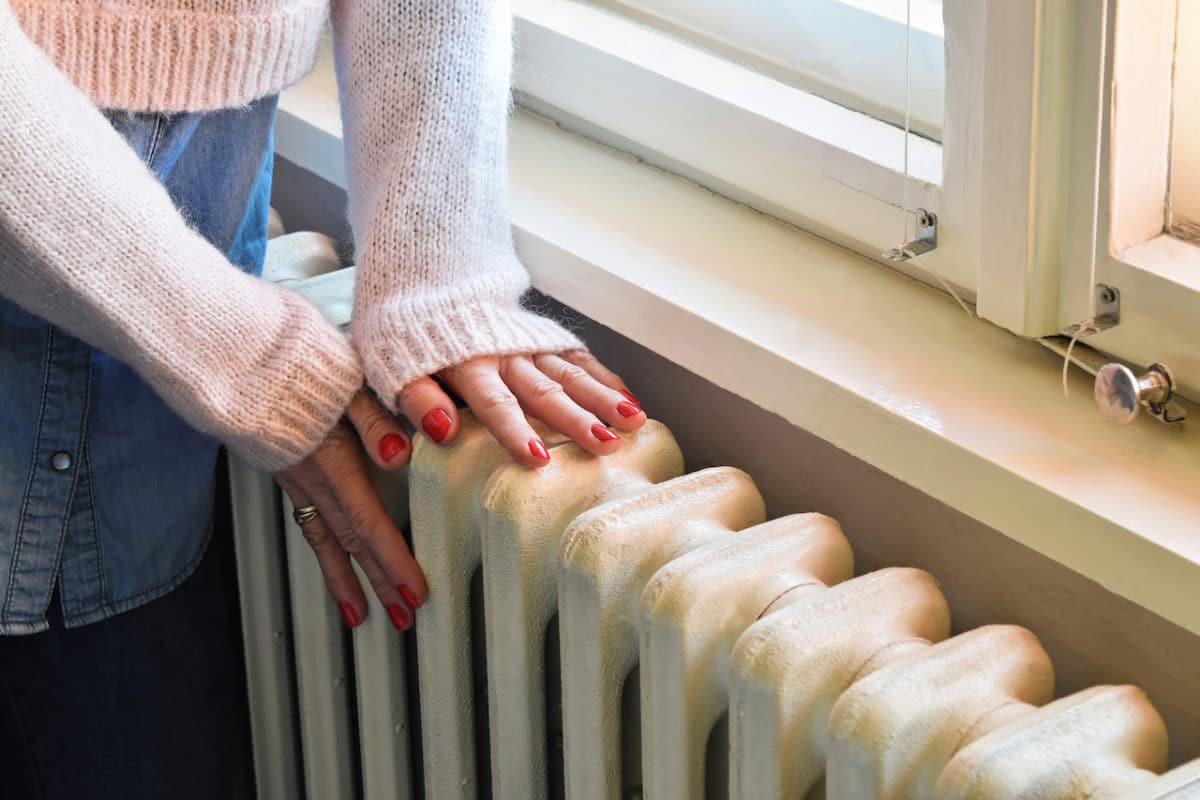
If your apartment isn’t getting enough heat or hot water, snow is still covering your sidewalk, or you have a leak in your apartment, contact your landlord immediately. The first step is to inform your landlord of the issue. Reach out to them via an email or your maintenance request portal online so that your request is in writing.
If your maintenance requests haven’t been resolved within a reasonable time, file an official complaint with the HPD by calling 311 or visiting their website. You can also check their website to see if any other tenants filed complaints.
Once the complaint is filed, HPD will contact the building owner to determine the status of the situation, ask tenants for updates, and schedule an inspection if the situation doesn’t improve. They may issue a violation and fine your landlord following the inspection. Hopefully, at this point, your landlord has made all the necessary improvements. If that’s not the case, the last step would be to take legal action and consult a lawyer who specializes in tenant rights.
Being familiar with your renter’s rights as a resident of New York City is important when the temperatures drop and issues arise. For NYC residents, the winters can be brutal. Your apartment is a safe space to escape the cold outside, so make sure your building and unit are up to the living standards you are entitled to this winter.
Your rights as a tenant matter and they can make all the difference in your living situation. Keep these tips in mind as you settle in or start your search for a new home this upcoming winter.



